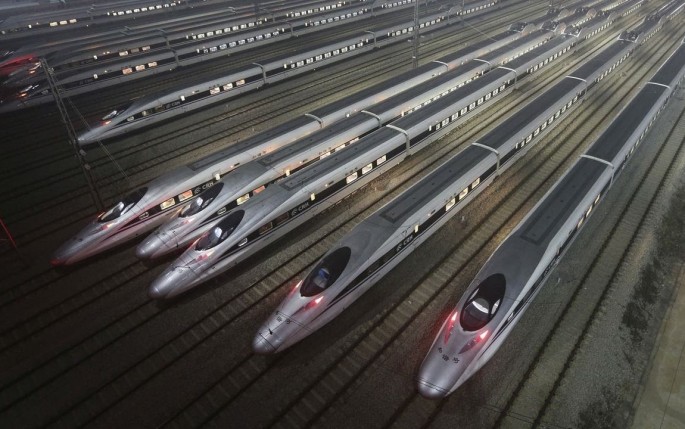This Lunar New Year, cities from Vancouver to Shanghai are prepared to usher in the year of the Monkey. However, the transport system has always been a problem in the past, something that has luckily changed this year due to the high-speed rail.
The biggest annual human migration in the world is underway with 332 million people on trains bound to go back home for traditional reunion dinner, promoting sales of snacks and adult diapers, according to Bloomberg.
Huang Yongan, an IT technician working in Beijing, said, "It's amazing," after taking half as long as usual to return to his hometown in Jiangxi Province.
According to China.org, before the high-speed rail reached Huang's small town, the 1,500-km journey used to take him 14 hours in a crowded train trip, or worse even ride on a long-distance coach. His sympathy is essentially for Chinese returning home for the Spring Festival, as they experience chaos, anxiety and discomfort.
However, this year saw hundreds of millions of Chinese relieved in their home-bound trips, thanks to the country's fast expanding high-speed railway network.
Currently, over 60 percent of all trains serving the rush are high-speed with spacious seats, moving at a speed of up to 350km/h, according to the China Railway Corporation (CRC).
It is projected that 2016 will see more than 2.91 billion passengers making trips across the country, setting a new record.
China has invested heavily on its high-speed railway system, which is already the largest in the world. Approximately 3,300 km of new lines opened last year, bringing the sum operating length to 19,000 km and winding up the major frame of the network.
The CRC is set to spend another 800 billion yuan ($120 billion) this year, especially in less-developed central and western regions of the country. Construction of more railway lines connecting major cities will also be hastened.



























